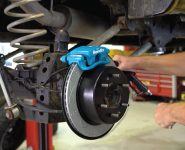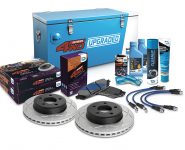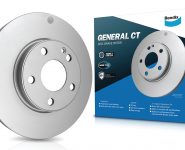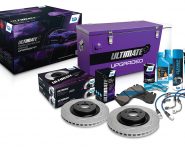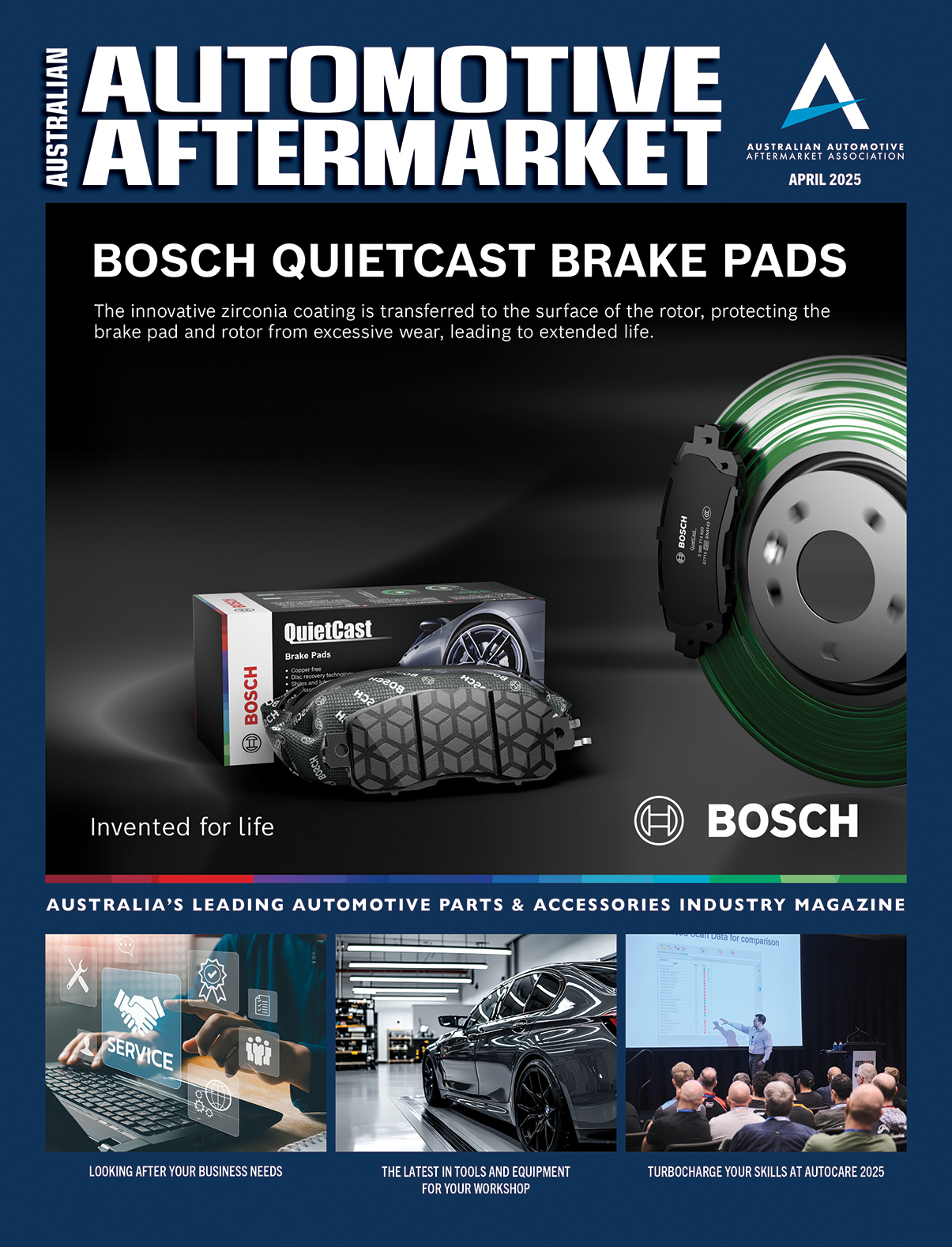SAVE FUEL: DON’T DRAG THE ANCHORS
A poorly maintained braking system could be stopping you from benefiting from fuel saving technologies, says Bendix
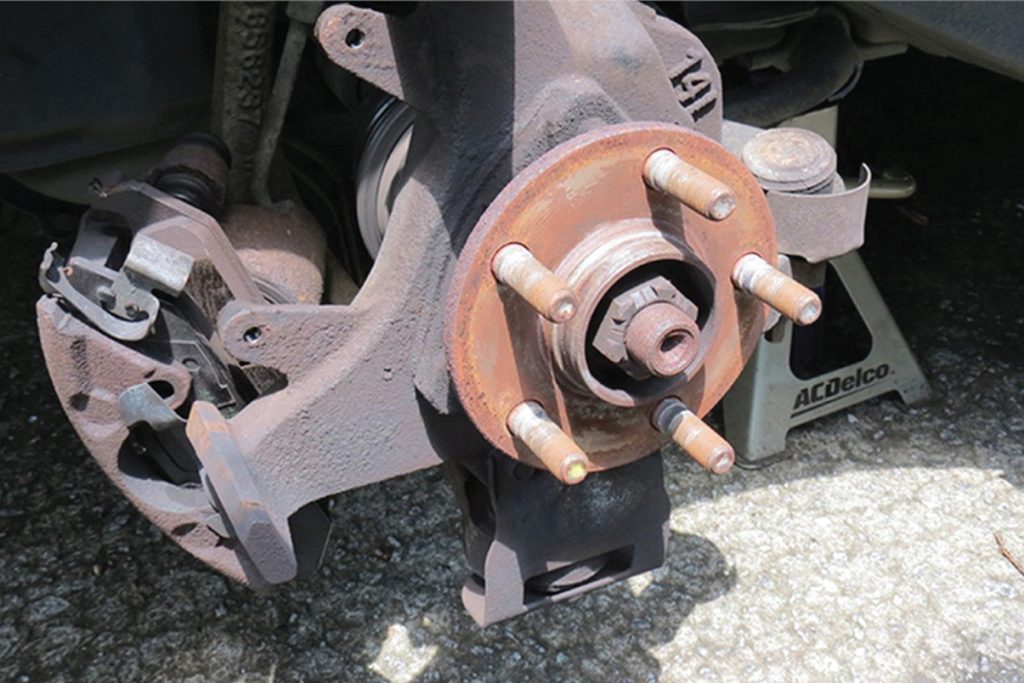
The stubbornly high price of fuel means that for motorists there is normally a fair bit of pain every time they pull up to the service station to fill up.
And while modern vehicles are brimming with fuel-saving technologies such as ‘eco’ mode, anti-idling, lower friction engine internals and turbocharging which delivers added power from smaller displacement powerplants, all this could be undone by a poorly maintained braking system.
Where the braking system is concerned, the main culprit of reduced fuel efficiency is ‘brake drag,’ a scenario in which the brakes fail to properly disengage after lifting off the brake pedal.
In severe cases, the vehicle will feel sluggish and unresponsive, but most commonly drivers may only notice the issue when they begin to use three to five percent more fuel than usual.
Dragging brakes will also lead to brake pads and disc brake rotors wearing more quickly, further adding to the running cost of the vehicle.
So, where can things go wrong in the braking system leading to dragging? One place is at the brake master cylinder, which on many vehicles features a ‘quick take-up valve’ in the replenish port, which is designed to hydraulically pull the piston back from the rotor.
A worn, blocked or faulty valve can leave the brake pads touching the disc rotors when they’re not supposed to be.
At the caliper, there are also a number of seals and slide pins that are also designed to retract the piston. Brittle or broken seals and poorly lubricated slide pins will mean that the calipers don’t engage and retract properly.
More serious issues such as corrosion inside the piston bore can also compromise performance leading to sticking or dragging brakes.
Another small but crucial component helping to prevent brake drag is brake hardware such as abutment clips. These components are designed to push the brake pads away from the rotor, back against the piston.
Abutment clips should be replaced at the same time as the brake pads, as the heat and cooling cycles that braking systems face every time the vehicle is used can weaken them. In vehicles with drum brakes, hold down springs perform a similar function.
To make brake maintenance more convenient and cost effective, the entire range of Bendix brake pads and brake shoes include abutment clips, hold down springs and all other necessary hardware to ensure there are completely new components for every brake job, not just fresh pads or shoes, says Bendix.
For more information, visit www.bendix.com.au



